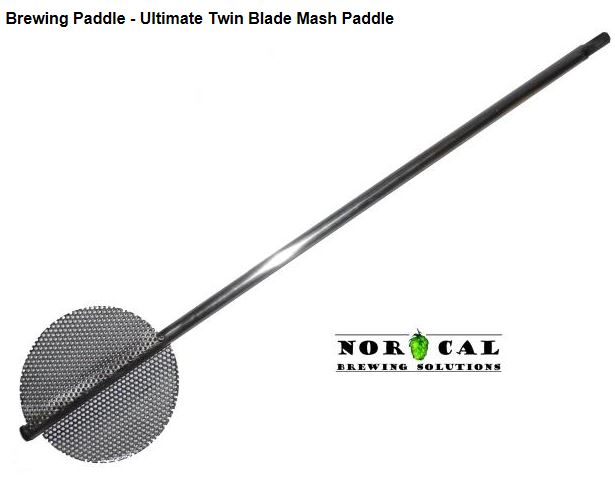I found this thread recently, and very interested. I am a major hop aficionado and on my last brew got the best batch so far.
I was trying to clone one of my favorite IPAs and get some 'practice' for an upcoming club clone competition. While I was somewhat off on my clone, it was amazing. Given what I've read here I may change the schedule and see what the impact is. The tasting post chill was not promising as the bittering seemed to strong, but in the end it was not. Est was 78 IBUs, no clue if I hit it though. I use beersmith and always adjust the the numbers right from hop bags, so I'll assume it's close.
5.5 gal batch, Grain bill:
12.75 lbs Pilsner
1.5 lbs Munich
1 lb C20
Mashed at 152 for an hour, but skipped using my RIMS, just because. Still not convinced it's giving me the uniformity I'm looking for yet. 90 Min boil for the pilsner.
Hop schedule, most bittering was from mid point additions.
1.0 Hallertauer 60m (10 IBU)
1.0 Chinook 35m (35 IBU)
1.0 Columbus 30m (31 IBU)
1.0 Hallertauer 1m
1.0 Nugget 1m
1.0 Cascade dry hop 10 days
1.0 Citra dry hop 7 days
I removed the 60, 35 and 30 hops at chill time (in a hop basket), but left the others till the chilling was done. The later hops were in voile bags and hung from handles during the chilldown. I use an IC with a stirrer so I get very rapid cooling. I removed the chiller, but left the hop bags till it settled, and pulled them just before transfer to the carboy.
My efficiency was the highest yet, and since I'm used to lower numbers, I overshot the target OG by a few points at 1.072. Used 1056 on a starter, and had several krausen peaks over about 5 days. Transferred to secondary for a week, then kegged. Dry hop additions were in the keg, and due to a vacation it was 4 days longer before I tapped it, and holy hops batman, it was amazing. Left the hops in another week or so, then pulled them. This was only my second kegging and aside from the carbonation learning curve, was a very positive result.
So given the hop schedule above, anyone have suggestions on modifying the long boil additions to get a similar flavor/aroma with most bittering up front, and not much in the middle? I'm thinking a higher alpha hop at 60m (Brewers Gold?), and maybe moving the 35m & 30m to nearer the end, and possibly using less since I won't have as much aroma loss to the boil.
























































![Craft A Brew - Safale S-04 Dry Yeast - Fermentis - English Ale Dry Yeast - For English and American Ales and Hard Apple Ciders - Ingredients for Home Brewing - Beer Making Supplies - [1 Pack]](https://m.media-amazon.com/images/I/41fVGNh6JfL._SL500_.jpg)

